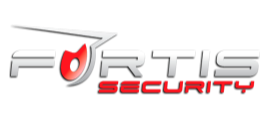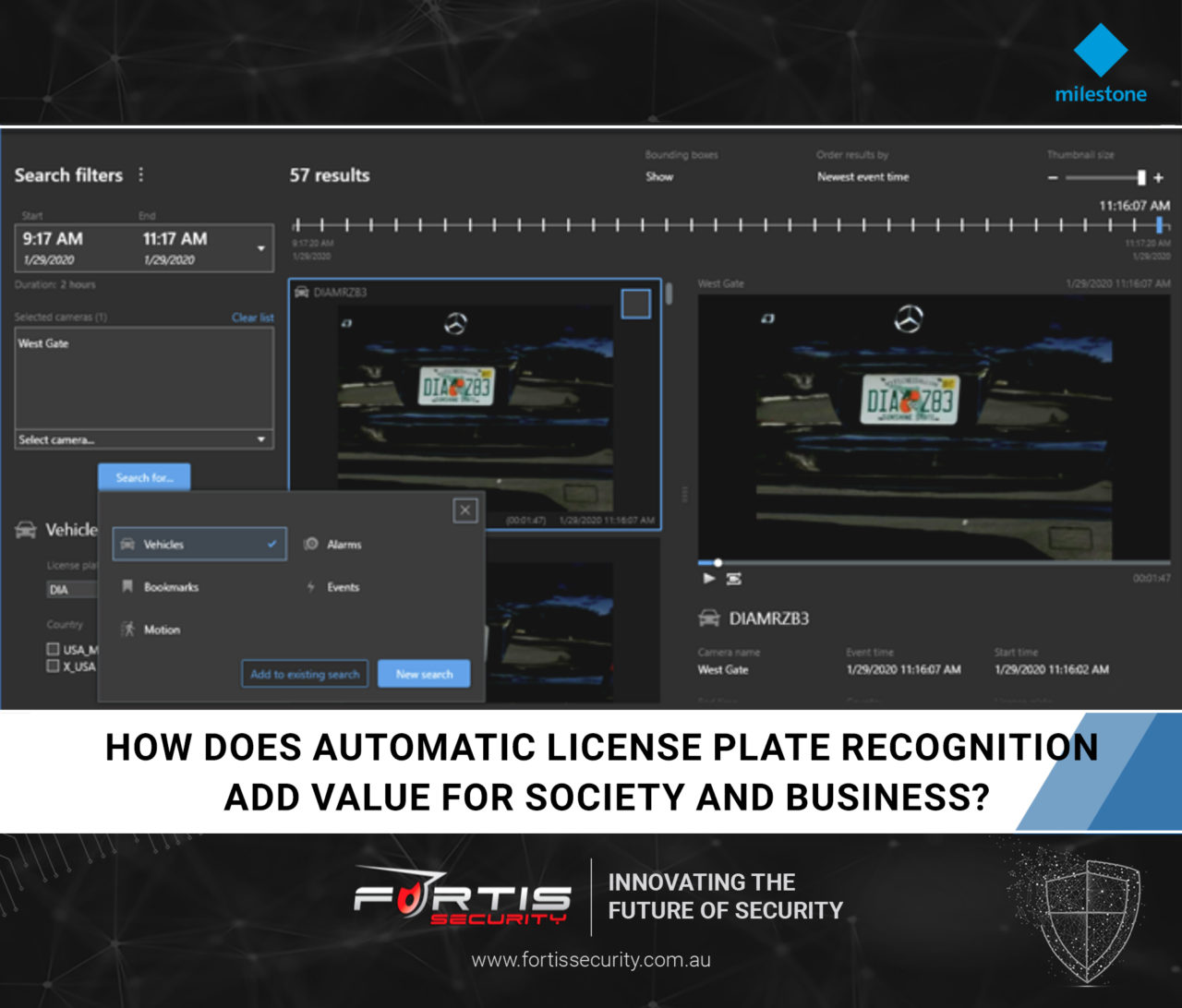When automatic license plate recognition (ALPR) was invented in 1976 by the UK’s Police Scientific Development Branch, few could have predicted its vital role in public safety, logistics, site access and more – over four decades later.
How is LPR technology used today?
ALPR is used for everything from pre-empting traffic jams, to helping maintain social distancing during a pandemic and managing shipments to ensure they arrive on time. It is an essential tool for policing, security, parking facilities, hospitality, drive-through restaurants and banks, and more recently, logistics and operations.
Advances in video analytics software and data management have made ALPR leap ahead and adapt for the times. The technology can now be divided into two main categories: automatic license plate recognition (ALPR) and automatic container code recognition (ACCR). Both meet unique needs and enable various activities to be accomplished better.
How does ALPR improve public safety?
Vehicles can be tracked within a specific area based on their license plates. Delays or traffic jams can be pre-empted, and toll payments can be charged automatically. ALPR also enables local authorities and government bodies like the UK’s Driver and Vehicle Standards Agency to flag dangerous driving, as well as outdated Ministry of Transport tests or driver’s licenses, or tachograph manipulation. More recently, police are using ALPR to track outside visitors who shouldn’t be in an area due to social distancing restrictions on non-essential journeys.
How can the technology help with site access?
Automatic license plate recognition is helpful to control access to a site based on specific vehicle plates. Visitors can submit their license plates for seamless entry once they visit a new site, and those details can be stored for future visits. This helps to prevent trespassing and improves the visitor experience.
For sites with paid entry and parking systems, ALPR can be used to track visitors and automatically charge them. This prevents people having to queue for a ticket and improves parking compliance and missed charges.
Milestone Partners such as Veertec use ALPR combined with Milestone XProtect video management software to provide such a solution for cashless parking management. Everything is automated by the system, including direct debits and issuing customers with an invoice once they drive off-site. It can detect license plates from different countries, along with automatic language detection, and plates can be captured at speeds up to 150mph.
How can ACCR help logistics?
Automatic container code recognition (ACCR) targets specific codes on shipping containers which makes it particularly valuable in logistics and operations. Shipments can be tracked to ensure they are on-track and not delayed. Security personnel can also be alerted when a container enters or exits a port or storage area. They can take immediate action if an exit was unauthorized.
ALPR camera systems operate 24/7, without the need for personnel to be on-site. This strengthens a site’s security and helps the team remain safe in a central control room.
How do video data analytics improve the technology?
Advanced video data analytics (powered by machine learning) are bringing more applications for ALPR. Recognition of vehicle make and model can be analyzed and compared with the make and model on record for a certain license plate, to quickly identify a stolen vehicle or fraud. A vehicle or container that’s left in the wrong place can be automatically flagged for investigation. Red-light violations, unsafe driving (such as going the wrong way) and vehicles using an incorrect lane (like a bus lane) can be alerted to the transport police for action.
What’s the future of ALPR?
As machine learning and artificial intelligence (AI) advance, there will be further possibilities for ALPR. There will be more data sources like IoT devices and different types of cameras such as thermal imaging and ultra-high-definition, to complement the feed from an ALPR system.


